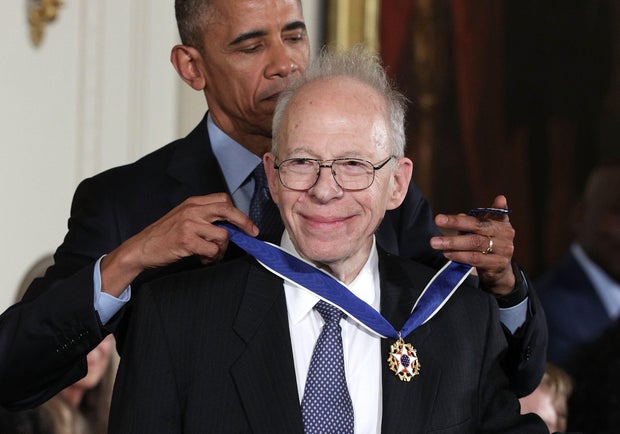Richard Garwin: The Innovator Behind the First Hydrogen Bomb and Scientific Progress
Richard Garwin, a groundbreaking physicist and influential scientific advisor, left an indelible mark on science and technology. Best known for his pivotal role in designing the first hydrogen bomb, Garwin’s legacy extends far beyond nuclear physics. Let’s explore the life, contributions, and enduring influence of Richard Garwin.

Early Life and Exceptional Talent
Born in Cleveland in 1928, Richard Garwin showed a keen aptitude for science early on. He completed his Ph.D. at just 21, setting the stage for a career filled with innovation and insight. His talents quickly caught the attention of leading figures in the physics community.
Breakthrough: The First Hydrogen Bomb
At just 23, Garwin was entrusted with a mission that would change history. He served as the principal designer of the first working hydrogen bomb, detonated during the Ivy Mike test in 1952. This feat dramatically advanced nuclear technology and reshaped global defense capabilities. To read more about this crucial contribution, visit CBS News, where they detail how his design yielded a massive 10.4 megatons of TNT.
Garwin’s work in this field was once known only to a select group of peers at Los Alamos National Laboratory. However, his impact on national security and global power structures has now become widely recognized.
Advisor, Innovator, and Award-Winner
Beyond nuclear weapons, Richard Garwin provided advice to several U.S. presidents on issues ranging from defense to scientific research. According to The New York Times and The Washington Post, his expertise shaped policy and technological advancement for decades.
Garwin authored more than 500 scientific papers and held 47 U.S. patents, driving forward innovation in intelligence technologies, physics, and beyond. His dedication earned him the prestigious Presidential Medal of Freedom in 2016 and the National Medal of Science in 2002, among other accolades. He also received the Vannevar Bush Award in 2023, highlighting his lifelong commitment to scientific progress.
Personal Life and Enduring Legacy
Garwin’s influence reached outside the laboratory and into everyday life. He and his wife Lois, who predeceased him, raised three children. Despite his tremendous accomplishments, Garwin remained committed to promoting international collaboration and advancing national security through science. As CBS News highlighted, his continuing contributions have inspired scientific communities worldwide.
Conclusion
The legacy of Richard Garwin stands as a testament to the power of curiosity, innovation, and public service. His role in developing the first hydrogen bomb, advising leaders, and pushing the boundaries of science continues to shape the modern world. To learn more about Richard Garwin's remarkable achievements, see this overview at CBS News.